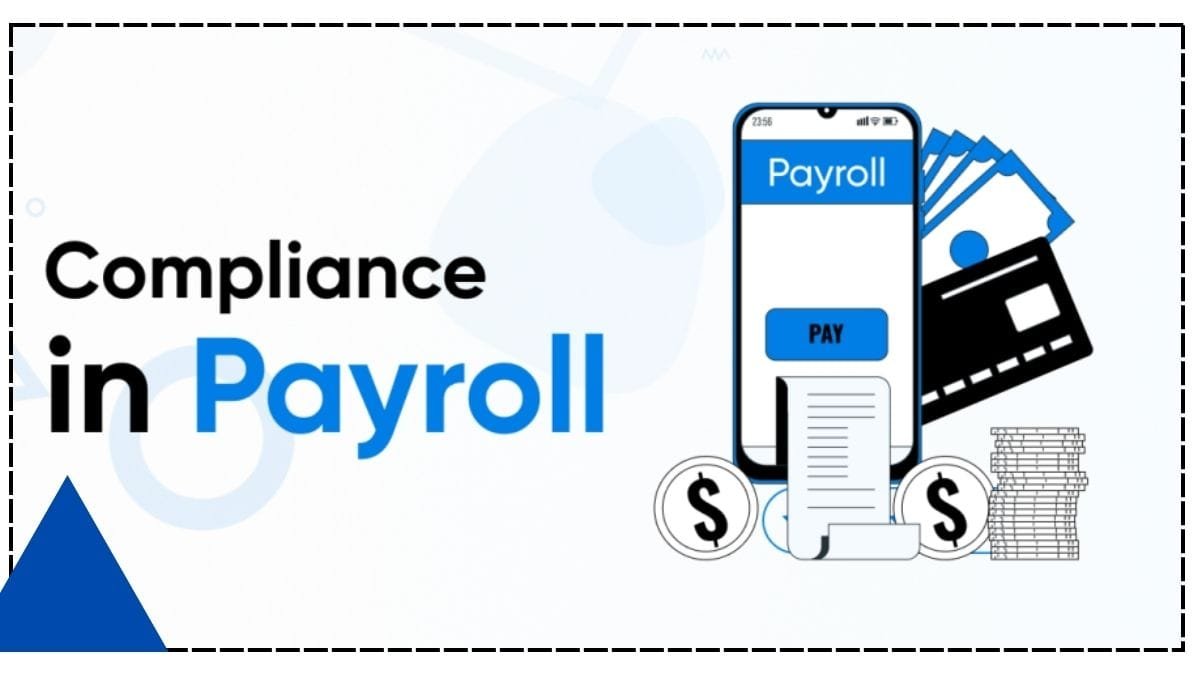Payroll taxes are the mandatory contributions employers and employees make to fund social programs like Social Security and Medicare. Employers must deduct taxes from employee wages while also contributing a matching amount. Together, this constitutes 15.3%, with 7.65% deducted from employee wages and 7.65% paid by the employer. Familiarity with the Electronic Federal Tax Payment System (EFTPS) is essential for timely deposits.
Also Read: Top 3 USA Tax Software for Freelancers, Simple and Full of Benefits
Types of Payroll Taxes
Payroll taxes encompass multiple components, including Federal Insurance Contributions Act (FICA) taxes, Federal Unemployment Tax Act (FUTA) taxes, and state unemployment taxes. FICA funds Social Security (6.2% each from employers and employees up to a wage cap) and Medicare (1.45% with no cap). Employers also pay FUTA taxes at 6%, though effective rates often decrease due to state credits.
Voluntary Contributions and Deductions
In addition to mandatory payroll taxes, employers may opt to provide voluntary benefits such as retirement plans, health savings accounts, and child support deductions. These enhance employee satisfaction and may reduce overall tax liabilities, but require precise record-keeping to ensure compliance.
Payroll Tax Calculations for Employers
Calculating payroll taxes involves identifying taxable employees, determining gross wages (including bonuses and tips), and applying applicable tax rates. Accurate payroll software or trusted third-party services can streamline this process, ensuring compliance with federal and state regulations while avoiding costly penalties.
Also Read: Top 10 Small Business Ideas for Aspiring Entrepreneurs in 2025
Special Considerations for Self-Employed Individuals
Self-employed individuals are responsible for both the employee and employer portions of FICA taxes, totaling 15.3%. While they enjoy the same wage caps and thresholds as traditional employees for Social Security and Medicare, self-employed workers must file Schedule SE (Form 1040) to estimate their liabilities. Tools like EFTPS make it easier to manage quarterly payments efficiently.






